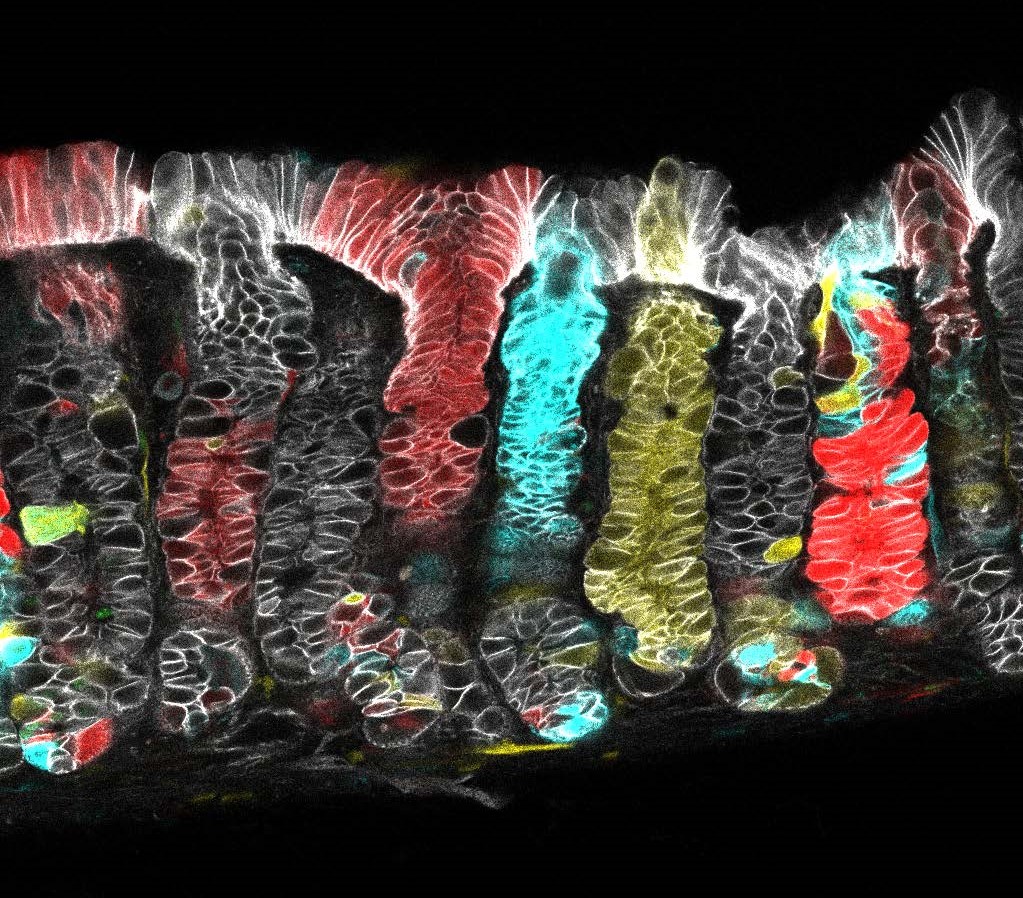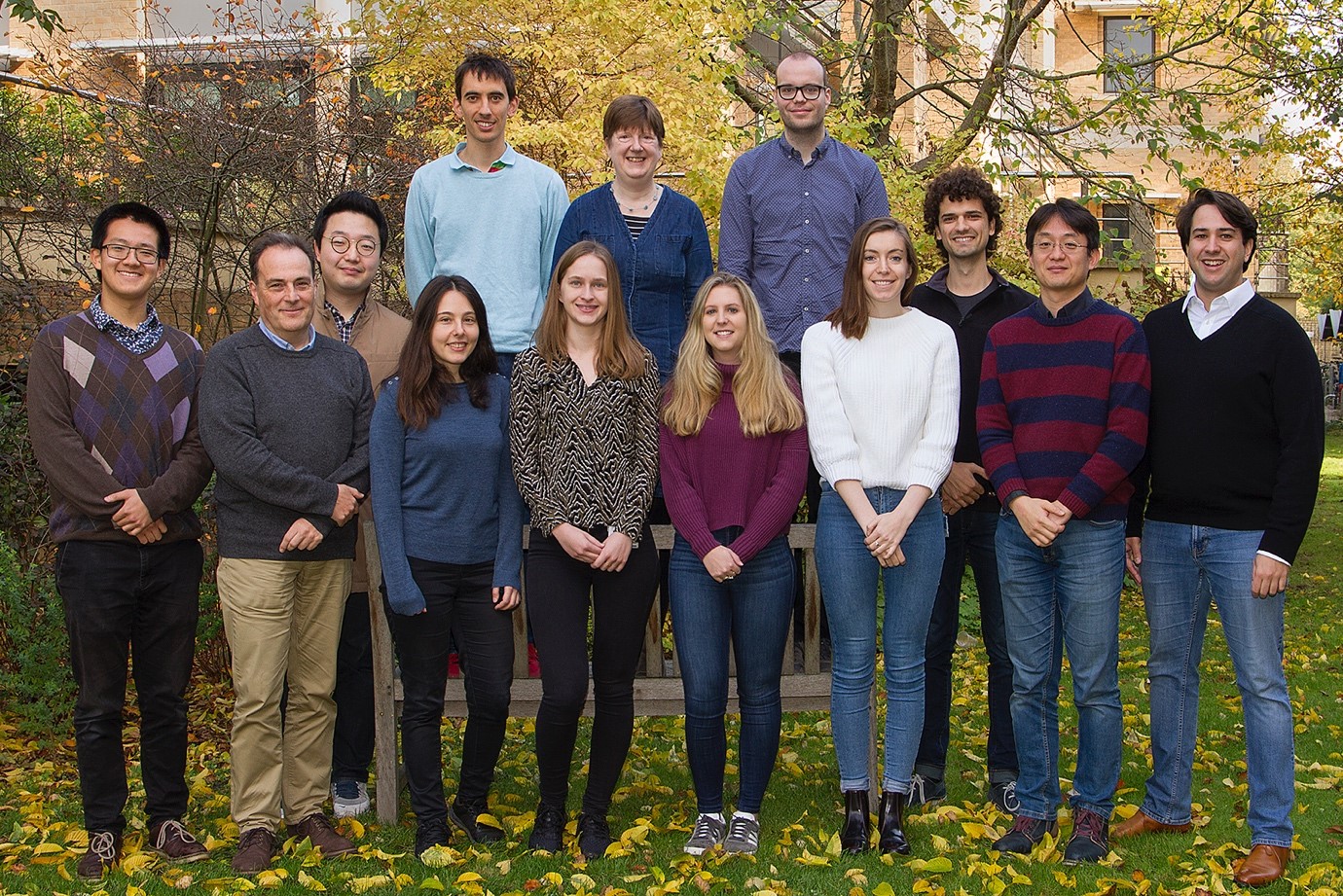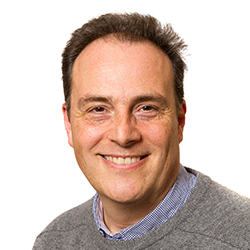Tracing stem cell fate in development, maintenance and disease
Laboratory: Gurdon Institute
Departmental Affiliation: Applied Mathematics and Theoretical Physics
Biography
Ben has a background in theoretical condensed matter physics. Having obtained his PhD at the Cavendish Laboratory in Cambridge researching high temperature superconductivity, he undertook post-doctoral research in quantum mesoscopic physics at MIT and NEC Research Inc. in Princeton. In 1994 he transferred to a Royal Society Research Fellowship and was appointed to a Lectureship at Imperial College before moving to the Cavendish Laboratory in 1995. In 2002, he was promoted to a Chair in Theoretical Condensed Matter Physics and, in 2011, he was elected to the Herchel Smith Chair in Physics. In 2018 he took up the Royal Society EP Abraham Professorship at the Department of Applied Mathematics and Theoretical Physics and is now also a senior Group Leader at the Wellcome Trust-CRUK Gurdon Institute. His research is supported by grant income from EPSRC, MRC and the Wellcome Trust with whom he holds an Investigator Award.
Funding
EPSRC, MRC, Wellcome Trust
External links
Theory of Condensed Matter page
Cell lineage tracing in the stomach corpus (Juergen Fink and Seungmin Han)
Research
With a background in theoretical condensed matter physics, my group is using concepts from non-equilibrium statistical physics and mathematics to address the fate behaviour of stem and progenitor cells in the development, maintenance and regeneration of tissues and factors leading to their dysregulation in diseased states. In particular, we have combined long-term lineage tracing studies using transgenic animal models with static marker-based assays to resolve strategies of stem cell self-renewal in the maintenance of epithelial tissues, including mammalian brain, epidermis, intestine, lung and testis. Our studies have emphasized the role of stochastic fate decisions in the regulation of stem cell fate, questioning the nature of stem cell identity, and offering new perspectives on stem cell regulation. We have extended these approaches to study the development of adult tissues, from the specification of pseudo-stratified neuroepithelia (retina and cortex) to the patterning of the heart and the morphogenesis of branched organs.
At the same, in our lab and with collaborative partners, we are studying the cellular basis of tumour initiation using the clonal activation of oncogenic mutations or the action of carcinogens in epithelial tissue types.
Finally, we are working with colleagues at Babraham to develop statistical approaches to address single cell transcriptional and epigenetic profiling data, with the aim of resolving the factors controlling symmetry breaking and cell fate specification in the developing mouse embryo.
Ben Simons Group photo
Plain English
In adults, many tissues such as epidermis, blood, and gut undergo routine and constant turnover. The maintenance and repair of such tissues relies upon stem cells. As with embryonic stem cells, tissue stem cells are defined by their capacity to self-renew and to differentiate into the more specialised cell types. However, in contrast to embryonic stem cells, tissue stem cells must achieve a perfect balance between proliferation and differentiation. Resolving the mechanisms of balance represent one of the defining questions of stem cell biology. To address this question, most studies focus on the identification of molecular regulatory factors. However, such factors are rare and often unspecific. By exploiting methods of population dynamics and statistical physics, we have shown that, in homeostasis, stem cells must follow simple and restricted patterns of fate, which impart characteristic signatures in the size distribution of surviving clones. We are using this general methodology to explore the pattern of tissue maintenance in normal adult tissues, and to address the mechanisms of dysregulation in disease, cancer and aging.




